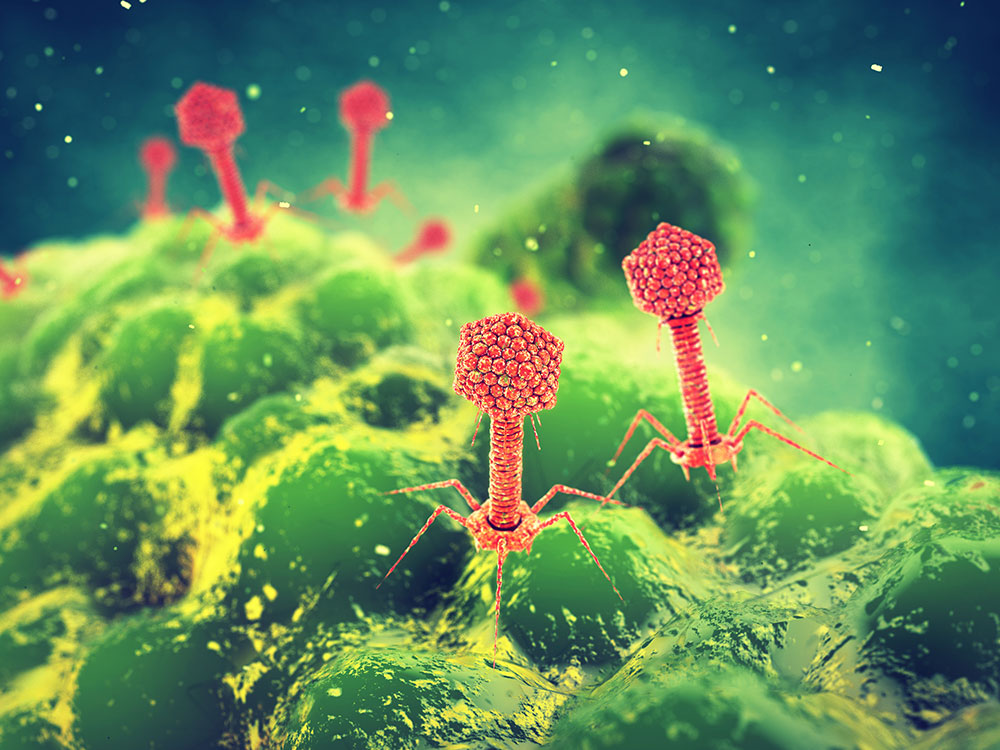Section 2 | Prevention Strategies for Necrotic Enteritis
Industry
Page 15 /
Inhibiting Bacterial Growth
Antimicrobial medications function by killing bacteria or slowing their growth. Their use has revolutionized disease treatment and prevention in medicine and agriculture. However, in the current climate of antimicrobial stewardship, preventative (or prophylactic) use of antimicrobial medications is becoming discouraged.
There are a variety of products being studied, developed, and marketed as partial functional replacements to antimicrobials. While many products have promise, there are none with the potential to have the same impact that antimicrobial medications have had on disease treatment or prevention. This is why adopting NE preventative practices is so critical!
Please note that prior to feeding any of these compounds in your flock, it is important to consult with your nutritionist and veterinarian for the most up-to-date scientific information on the specific compound or product in question.
Probiotics and Prebiotics
As mentioned in previous sections, there are a variety of probiotics and prebiotics that have antibacterial properties. Probiotic microorganisms can produce antibacterial compounds that limit the growth of C. perfringens. Molecules like modified yeast cell walls also act to inhibit bacterial growth and promote intestinal health.
Plant Extracts and Essential Oils
To date, a limited number of essential oils have been scientifically tested for their ability to reduce C. perfringens in broilers. Essential oils such as thymol, thymol/carvacrol mixture, and thymol/cinnamaldehyde/eucalyptus mixtures have had varying levels of success at reducing C. perfringens numbers in the digestive tract of broilers1.
It is important to note that essential oils are not a replacement to any veterinarian-directed treatment protocols. Many of these products are toxic at high levels. Veterinarian oversight is needed before using these products in your flock!
Before we rely on essential oils for prevention of disease, more research is needed
Organic Acids
Organic acids are natural bacterial growth inhibitors1.
Much of this effect is mediated through:
- Reduced pH (more acid) in the intestines
- Prebiotic effect on the microbiota of the digestive tract
- Direct effect on the integrity of the C.perfringens itself1
Organic compounds such as caprylic, lauric, myristic, and oleic acids have all shown promise in the lab-setting at limiting C. perfringens growth1. In live birds, results have been more variable — some acids such as lauroyl lactylate have proven to be effective at inhibiting C. perfringens at high doses1. Others have had no effect on C. perfringens growth. Prior to feeding one of these compounds in your flock, it is important to consult with your nutritionist and veterinarian for the most up-to-date scientific information on the specific compound or product in question.
Bacteriophage Therapy
Bacteriophages are viruses that infect and kill bacteria. They are very specific as to the bacteria they infect. As such, there have been several bacteriophages that show promise in infecting and killing C. perfringens2. Initial lab- and field-based studies have shown promising results in terms of reducing NE challenge and improving production efficiency; however, there are currently no commercially available products.
For more information on this topic, check out our page on Emerging Technologies.
For a review of how to navigate the various antimicrobial replacement products on the market, watch this video:
Navigating the Maze of Alternative Products for Necrotic Enteritis Control
References
- Allaart JG., Van Asten AJAM, Gröne A. Predisposing factors and prevention of Clostridium perfringens-associated enteritis. Comp. Immunol. Microbiol. Infect. Dis. [Internet]. 2013;36(5):449–64. Available from: http://dx.doi.org/10.1016/j.cimid.2013.05.001
- Caly DL, D’Inca R, Auclair E, Drider D. Alternatives to antibiotics to prevent necrotic enteritis in broiler chickens: A microbiologist’s perspective. Front Microbiol. 2015;6(DEC):1–12.
